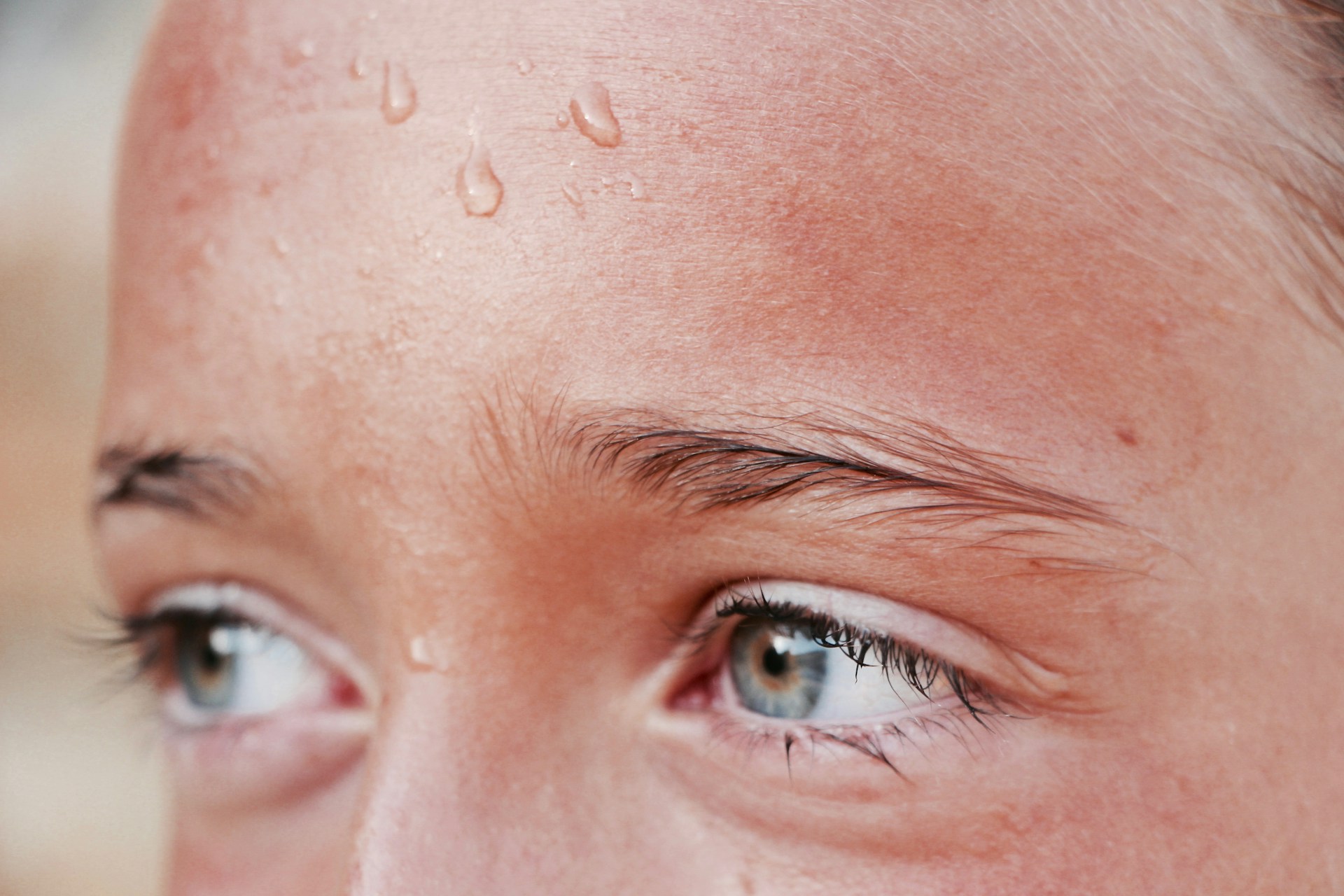
Hotter planet, fewer babies?
14 June, 2024
Climate change is rapidly making our world dangerously hot, even if this week’s weather in the UK doesn’t fully reflect it. Beyond the obvious environmental impact, there’s a hidden consequence: the effect on reproductive health.
Pregnant women, often overlooked in scientific research, constitute one of the most vulnerable populations. Recent evidence highlights the danger posed by heat waves during pregnancy, exacerbating existing maternal health disparities. Rising temperatures contribute to premature births worldwide, while droughts and air pollution compound the risks. Shockingly, Black mothers face a 2.5 times higher risk than their white counterparts (based on research across 16 California counties). The reasons behind the racial gap in the Global North stems from entrenched inequalities where communities of colour live in neighbourhoods with more concrete, which absorbs and holds heat more than areas with green spaces.
The situation is equally alarming in the Global South. A study among outdoor workers in India revealed that exposure to heat stress above 81°F doubled the risk of miscarriage. In India overall, 8.5 percent of urban pregnancies and 6.9 percent of rural pregnancies end in miscarriage.
This trend will only escalate. Last year, a record-breaking 6.3 billion people—particularly in South and East Asia and the African Sahel—endured at least 31 days of extreme heat, according to a new report. If nothing is done, those heat waves will cause millions of babies around the world to be born preterm. This comes with a variety of long-term health conditions, such as anaemia, jaundice, sepsis— and, at worst, infant mortality.
The mounting evidence of heatwaves’ adverse effects is just one aspect of climate change’s profound impact on health. However, the critical connection between climate and health remains underexplored and deserves greater prominence. Notably, women and children, especially those from black communities, face greater vulnerability to climate-related impacts.
To address this, we must prioritize two key actions: First, curbing greenhouse gas emissions; second, implementing protective measures for women and children during heatwaves. By amplifying our prevention and preparedness efforts, we can safeguard the most vulnerable. This commitment forms an integral part of a just transition toward a more sustainable global economy.
By Alice Railton
 Back to all friday 5
Back to all friday 5